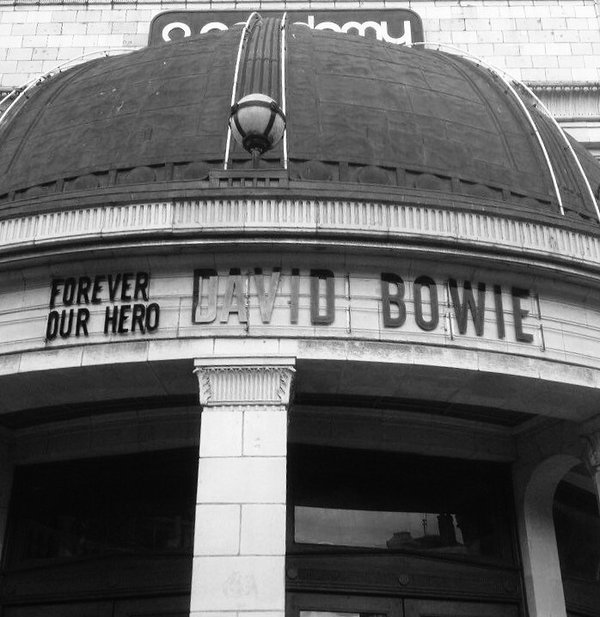Brixton is a dynamic place with a vibrant history. Located in South London between Wandsworth and Southwark, Brixton lies within the London Borough of Lambeth. Fondly described as containing “the world in one borough”, Lambeth one of the most diverse places in the UK and Europe (Lambeth Council, 2013). Its distinctive neighbourhoods, Waterloo, Clapham, Streatham, Norwood and Brixton collectively form of the largest geographical area of any singular London borough (Lambeth Council, 2014) Its vast population of 310,000 is set to grow by 1% over the coming year.
The latest deprivation data (IMD, 2010) ranks Lambeth as the 14th most deprived borough in the UK, worsening from 2008 when the borough ranked 19th. At the metropolitan scale, the borough ranks 8th most deprived in London. Lambeth is comprised of 5 wards: Ferndale, Coldharbour, Herne Hill, Brixton Hill and Tulse Hill. The spatial area considered in this research lies within the Coldharbour Ward, ranked within the 10 most deprived wards in the UK (IMD, 2010). Within Lambeth broadly, and within Brixton, areas of deprivation and affluence often lie side by side and a pool of economically inactive residents presents a persistent and complex problem (Lambeth Council, 2014). In Coldharbour, unemployment is higher and average incomes are lower than in the rest of the borough. Redevelopments in the area including Brixton Village, the Black Cultural Archives and Windrush Square represent attempts to address these issues and boost the overall prosperity of Brixton. Brixton is a key area identified by the London Plan (2011) as a Major Centre, its sustained economic development is therefore essential to London as a competitive, global city. With this in mind, the Future Brixton Plan has identified Central Brixton as a key area in planned and current regeneration schemes.
Brixton’s diverse population forms a distinct part of the area’s character, and has significant historical roots. Windrush Square takes its name from the arrival of the first wave of immigrants which went on to form the British Arfican-Caribbean community, arriving at Tilbury Docks on the Empire Windrush in 1948. Today, a quarter of Lambeth’s population are black, with the largest non-white ethnic groups being black African (11.5%) and black Caribbean (9.8%). Of the white population, 40% are of British or Irish decent, a further 15% are from various parts of Europe, Australasia, the Americas and the Caribbean. The proportion of the population from Asian backgrounds is small, only 7.8% compared to the London average of 14.5%. Lambeth is home to strong African and Portuguese populations, and is an important focal point for Caribbean culture in London. Around 65% of this diverse population live in rented accommodation. Of this number: 1 in 5 households rent from the Council, 16% from social landlords, and 1 in 3 from the private sector. 70% of households live in flats, a key indicator of the densely-packed nature of living conditions for Lambeth’s growing population.
Riots have chequered Brixton’s past, deep social and economic problems fuelled the troubles of 1981 when Operation Swamp saw the Metropolitan Police endowed with the power to stop and search with no formal grounds other than “suspicion”. Within 5 days this power was employed to stop and search 1,000 people, predominantly young black men. The riots which followed were the result of the people’s indignation, with 150 buildings damaged and 30 burned. In 1995 further riots occurred, this time ignited by the death of Wayne Douglas in police custody and inflamed by an atmosphere of discontent stemming from the perceived gentrification of Brixton.
Such incidents run parallel to a timeline of profoundly positive events. Brixton’s Electric Avenue was the first British street market to be lit electrically in 1880, Brixton’s markets collectively formed the busiest shopping district in South London in the 1920s. The 1970s and 1980s in Brixton were characterised by world class sound-systems and the emergence of reggae greats. Music and creative brilliance is a recurring theme: the sadly departed David Bowie was born in Brixton, Amy Winehouse has referenced the area in her music, Paul Simonon of the Clash grew up in Brixton. The former Brixton Academy, now the O2, has played host to the likes of Fatboy Slim, Paul Weller, Kula Shaker, the Verve, the Chemical Brothers and Motorhead. Brixton Jamm, a local venue, is home to Alabama 3 and frequented by Congo Natty, Basement Jaxx and Pete Doherty. Free, community events form a key component of local culture; the annually occurring Brixton Splash is viewed as South London’s answer to Notting Hill Carnival and the Lambeth County Show is attended by thousands every year in Brixton’s Brockwell Park. It is the liberal, culturally diverse, vibrant nature of Brixton which makes it so attractive. It is that very attractiveness, and the approach utilised in regeneration schemes tasked with enhancing these qualities, which appear to be creating tensions in the area today.

Image: joe.co.uk